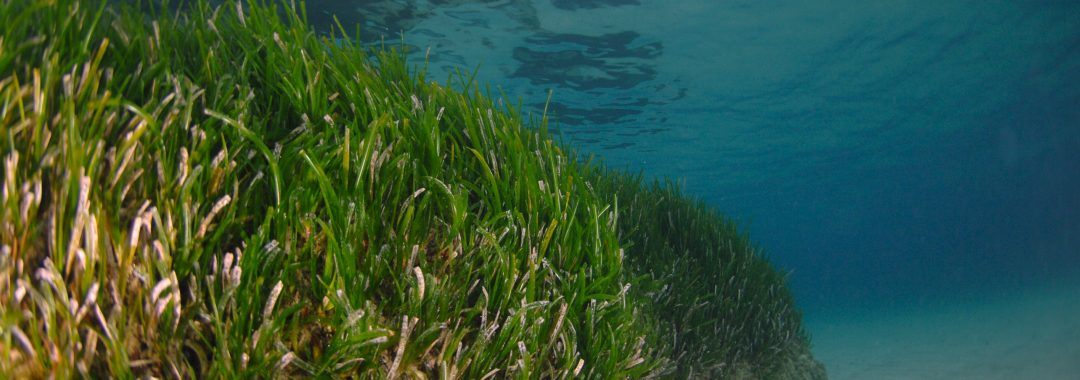Marine Protected Areas (MPAs) can prevent the loss and degradation of blue carbon habitats, and their associated blue carbon reserves1. MPAs may also enable new carbon sequestration through the restoration of degraded marine habitats or carbon storage within sediments1.
Members of the International Partnership on MPAs, Biodiversity and Climate Change are actively working on projects involving blue carbon in MPAs. These projects include:
- Restoration and recovery of blue carbon habitats, including seagrass, salt marshes, mangroves, and kelp forests.
- Scientific studies to advance our understanding of the role of MPAs in protecting blue carbon.
- The development of new MPA management approaches to incorporate climate change mitigation objectives.
The Partnership is producing a series of Blue Carbon in MPAs case studies to highlight key projects from Partner countries and share information with the global community. The first two case studies, both from the United States, are now available. These case studies focus on the following projects:
- The Greater Farallones National Marine Sanctuary Kelp Recovery Program – this project is working to protect and restore kelp forests and their carbon removal capabilities in federal and state MPAs in north-central California. Blue Carbon in MPAs Case Study – Greater Farallones
- Waquoit Bay National Estuarine Research Reserve, Bringing Wetlands to Market – located on Cape Cod, Northeast US, this project was created to demonstrate the climate mitigation benefits of salt marshes and consider how these benefits can be included in carbon markets, wetlands management and restoration, and climate policy. Blue Carbon in MPAs Case Study – Waquoit Bay
1 International Union for Conservation of Nature. Issues Brief. Marine Protected Areas and Climate Change. November 2017
